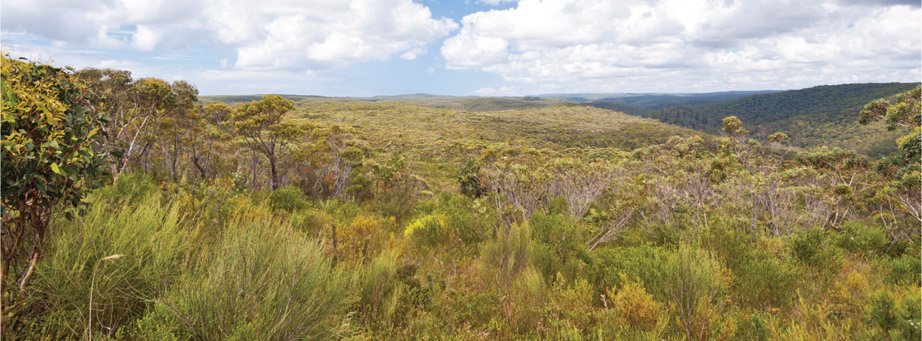3.3 Preserving biomes
Studies to date have shown that humans have had significant impacts on the world’s biomes. On 1 March 1872, United States President Ulysses S. Grant declared the area of Yellowstone to be a national park. The objective was to save a part of the Earth’s biomes for future generations.
Yellowstone is widely believed to be the world’s first national park. Australia was not far behind, declaring the world’s second national park, now named the Royal National Park, on 26 April 1879 (Source 3.24).
Today over 100 nations have designated national park areas. Australia has just over 4% of the country reserved in its 685 national parks.
When the construction of the Aswan Dam in Egypt threatened the temples of Abu Simbel, nations organised a World Heritage Convention.
The outcome was that funds were raised to relocate the temples. A broader outcome was the development of the concept of ‘world heritage areas’. These are areas of natural and/or cultural significance that should be managed sustainably so that they are available for future generations to enjoy. Australia has 41 areas on the World Heritage list, including Uluru-Kata Tjuta National Park, Fraser Island and the Great Barrier Reef.
Talk by government and industry has moved from ‘how can we develop the resources of an area for maximum profit?’ to ‘how can we develop and manage the resources sustainably?’ This has been a major shift in thinking about biomes and their use. One of the wakeup calls was a book – Silent Spring, written by Rachel Carson in 1962 – which described the impact of modern pesticides on the planet’s bird life at that time.
Finding pesticide residue in Antarctic penguins was another wake-up call. Not all countries are managing their biomes sustainably, but changes for the better are being made.
